Briggs v. Elliott was one of five cases, collectively entitled Brown et al. v. Board of Education of Topeka, Shawnee County, KS, et al., argued before the United States Supreme Court on December 9–11, 1952, and December 7–9, 1953, by attorneys from the National Association for the Advancement of Colored People (NAACP).
The lawsuit was filed by twenty black parents in Clarendon County for equal educational opportunities for their children, Briggs v. Elliott was the first case in the twentieth century to challenge the constitutionality of racially segregated schools. The case carries the names of the lead plaintiff, Harry Briggs, who had five children in the school district, and Roderick W. Elliott, chairman of School District 22.
The plaintiffs wanted the Clarendon County school board to provide a school bus for their children. Some African American children had to ford or row across a stream (when it was flooded) and then walk an additional nine miles in order to attend Scott’s Branch School in Summerton. Others had to walk at least five miles one way to attend the school. After a young boy drowned in the newly created Lake Marion reservoir, which separated several African American communities from the school, in 1948 Reverend Joseph Armstrong DeLaine, a minister of the African Methodist Episcopal Church, urged a local African American farmer, Levi Pearson, to sue for a school bus. The case, Levi Pearson v. Clarendon County and School District No. 26, was filed by NAACP attorney Harold Boulware of Columbia. The case was withdrawn, however, when it was discovered that Pearson’s residence straddled the county line and that he paid taxes in a different district.
Later, DeLaine and Boulware met with lawyers from the NAACP’s national office to request support for another case challenging the school boards refusal to provide black children with transportation.
At first the NAACP’s chief legal counsel, Thurgood Marshall, turned down their request. But he changed his mind and decided to support another challenge if DeLaine would obtain twenty petitioners from the Clarendon County community to support a case to equalize all aspects of education for African American children—including facilities, teachers’ salaries, books, and supplies—as well as transportation.
Marshall later agreed to represent the plaintiffs because their case represented an opportunity for the NAACP to continue to campaign against unequal, segregated education for blacks in the southern states. The campaign, which began in 1935 under the leadership of the NAACP’s first chief legal counsel, Charles Hamilton Houston, had developed as a three-pronged strategy to improve African American education in the South. First, Houston wanted to ensure that African American teachers in the southern states received salaries equal to those of white teachers. Second, he wanted to ensure that the southern states provided transportation for African American students to and from their schools. Third, he wanted to ensure that the southern states provided graduate and professional education and training for African American students. Houston’s strategy was based on using the “separate but equal” doctrine established in the 1896 Plessy v. Ferguson decision to force the southern states to provide African American students an education that was truly equal to that of white students. It did not challenge the doctrine directly or demand integration.
“In November 1950 Marshall presented the case of the twenty plaintiffs from Clarendon County to the federal district court in Charleston. During the pretrial hearing he was encouraged by federal judge J. Waties Waring of Charleston not to argue for a “separate but equal” education, or one that would only equalize African American schools in a segregated system. Judge Waring encouraged him instead to present a case arguing for schools for African American children that would truly be equal by asking for an end to segregation in the state’s public schools. Taking Waring’s advice, in May 1951 Marshall returned to the federal court and presented his case for ending segregation in the state’s public schools. He introduced evidence showing how the African American schools in Clarendon County were grossly unequal to those for whites in facilities, teacher-to-student ratios, class sizes, and expenditures per student. The attorneys representing the state of South Carolina sought to defuse this argument by announcing that Governor James F. Byrnes was going to introduce a new sales tax to raise money to improve the state’s African American schools. But Marshall also presented testimony from the sociologist Kenneth Clark documenting the harmful effects of segregation on the lives and psyches of African American children in South Carolina. Arguing the case before a three-judge panel, which included Waring and two segregationists, Judges John J. Parker and George Bell Timmerman, Marshall lost the case. Only Judge Waring supported his argument and offered a dissenting opinion against segregated schools in South Carolina.”
On May 17, 1954, the Supreme Court ruled in favor of the plaintiffs and declared, unanimously, segregation in public schools unconstitutional. Although the case had a favorable outcome, the plaintiffs suffered tremendous hardship. Some of the plaintiffs had their homes burned to the ground, and had to flee the state. Other plaintiffs loss their job and had a difficult time finding employment.
sources:
http://www.scencyclopedia.org/sce/entries/briggs-v-elliott/
DeLaine, Brumit B., and Ophelia DeLaine Gona. Briggs v. Elliott: Clarendon County’s Quest for Equality; A Brief History. Pine Brook, N.J.: O. Gona, 2002.

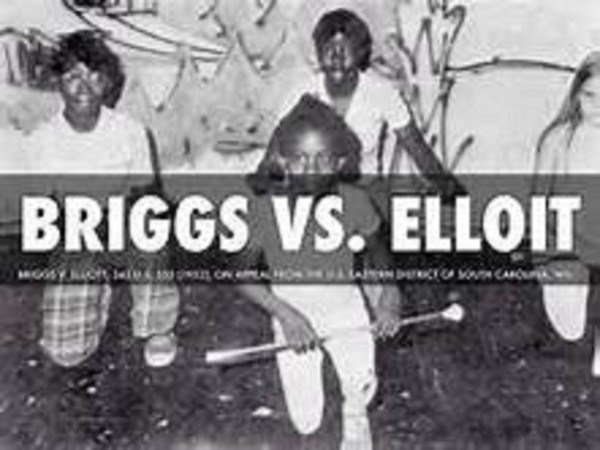




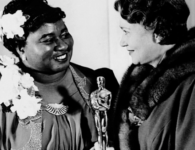
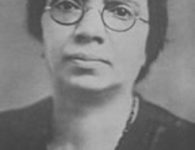


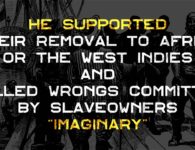
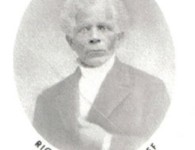
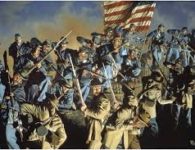

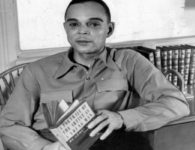
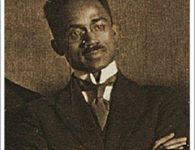
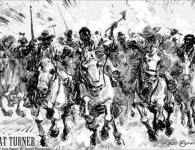
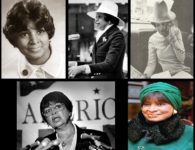

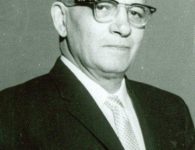
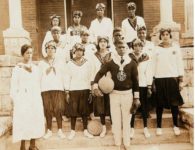

No comments